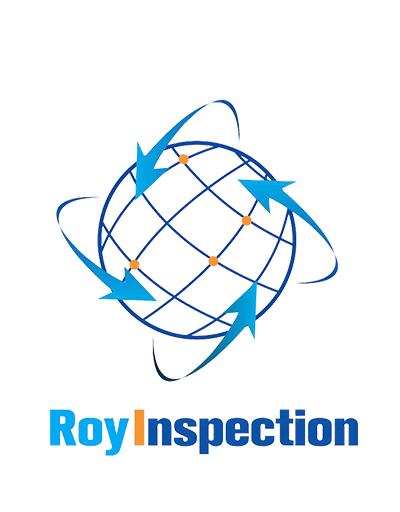IntroductionWhen it comes to purchasing toys for children, one of the main concerns for parents is ensuring that the toys are safe for their kids. However, with so many different types of toys on the market, it can be hard to know exactly what safety requirements to look for. In this article, we will explore the different safety requirements for toys and how consumers can ensure that they are buying safe toys for their children.Safety StandardsThere are several safety standards that toys must meet before they can be sold in the United States. One of the main standards is the Consumer Product Safety Improvement Act (CPSIA), which regulates the safety of toys and other consumer products. This act requires all toys to undergo third-party testing for safety and to comply with specific safety rules.Age SuitabilityToys are typically labeled with a specific age range that they are suitable for. It is important for parents to pay attention to these age recommendations and to avoid giving their children toys that are not age-appropriate. Toys that are too advanced for a child's age can be dangerous and pose a risk of injury.Choking HazardsSmall parts and loose components can be a choking hazard for young children. It is important to avoid toys that contain small parts that can easily come loose or break off. Additionally, parents should regularly inspect toys for any signs of wear or tear that may create a choking hazard.Chemical ExposureToys that contain chemical additives and dyes can pose a risk of chemical exposure to children. Parents should look for toys that are free of harmful chemicals, including lead and phthalates. Parents can also look for eco-friendly and non-toxic toys.Electric ToysElectric toys, such as those with batteries and power cords, pose a risk of electrical shock and burns. Parents should ensure that these toys have safety features such as proper grounding, insulation, and child-proof battery compartments.Product RecallsFrom time to time, toys may be recalled due to safety issues. It is important for parents to stay informed about toy recalls and to check their children's toys against the recall list. If a toy is recalled, it should be returned to the manufacturer or retailer for a refund or replacement.Made in the USAParents can also look for toys that are made in the USA, as these toys are subject to stricter safety regulations than those made overseas. Additionally, American-made toys tend to have a higher level of quality and durability.Toy MaintenanceProper toy maintenance is also an important factor in ensuring toy safety. Toys should be inspected regularly for any signs of damage or wear, and any damaged toys should be repaired or replaced immediately. Additionally, toys should be cleaned regularly to avoid the spread of germs and bacteria.StorageProper toy storage can also help prevent accidents and injuries. Toys should be stored in a safe location where they cannot be easily accessed by young children. Additionally, toys should be organized in a way that allows for easy inspection and cleaning.ConclusionOverall, there are several safety requirements that parents should consider when purchasing toys for their children. By paying attention to age recommendations, avoiding choking hazards, avoiding chemical exposure, and properly maintaining and storing toys, parents can help ensure that their children's toys are safe and enjoyable.toy safety, safety requirements for toys, CPSIA, age suitability, choking hazards, chemical exposure, electric toys, product recalls, made in the USA, toy maintenance, toy storageWhat are the safety requirements for toys??Learn about the various safety requirements for toys, from age suitability to avoiding choking hazards and chemical exposure. Discover how to properly maintain and store toys to keep them safe for children.Quote InquiryContact Us Now!










